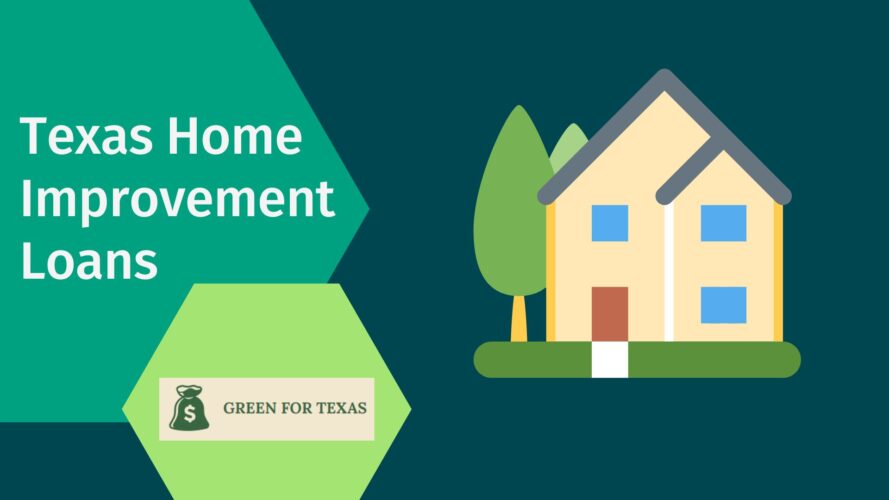
Home improvement loans are financial products that are specifically designed to help homeowners finance the costs of renovating, repairing, or remodeling their homes. These loans can be used for a wide variety of projects, including adding new rooms, updating kitchens or bathrooms, installing new windows or roofing, and more.
Table of Contents
How to Obtain a Home Improvement Loan in Texas
There are several ways to obtain a home improvement loan in Texas. One option is to go through a traditional personal loan lender, such as a bank or credit union. Another option is to apply for a loan through a home improvement retailer. Additionally, there are online lenders that specialize in home improvement loans.
When applying for a home improvement loan, you will typically be required to provide information about your credit score, income, and employment history. You will also be asked to provide details about the home improvement project you are planning, including the estimated cost, the timeline for completion, and any relevant contractor or supplier quotes.
Terms and Amounts of Home Improvement Loans in Texas
The terms and amounts of home improvement loans in Texas can vary widely depending on the lender and the type of loan. Some loans are unsecured, meaning they are not backed by collateral, while others are secured, meaning they are backed by the value of your home.
Unsecured home improvement loans typically have higher interest rates and shorter repayment periods than secured loans. Secured loans, on the other hand, may have lower interest rates and longer repayment periods, but they also put your home at risk if you are unable to make your payments.
The amount of money you can borrow for a home improvement loan in Texas will depend on several factors, including your credit score, income, and the value of your home. Some lenders may offer loans of up to $100,000 or more, while others may have lower loan limits.
Loans for Bad Credit in Texas
If you have bad credit, you may still be able to obtain a home improvement loan in Texas. However, you may be required to pay a higher interest rate and provide additional collateral, such as a co-signer or a second mortgage on your home.
There are also specialty lenders that specialize in providing loans to borrowers with bad credit. These lenders may offer loans with higher interest rates and fees, but they can be a good option for borrowers who cannot obtain a loan from a traditional lender.
Alternatives to Home Improvement Loans in Texas
If you are not able to obtain a home improvement loan or prefer not to take on additional debt, there are several alternatives to consider. One option is to use savings or invest in energy-efficient upgrades that can help lower your monthly utility bills. Another option is to tap into your home’s equity by taking out a second mortgage or a home equity line of credit.
Finally, you may also be able to find grants or low-interest loans through government programs or local non-profit organizations. These programs may have specific requirements, such as income limits or homeowner associations, so it is important to research your options carefully before applying.
In conclusion, home improvement loans can be a useful tool for financing home renovation projects in Texas. Whether you have good credit or bad credit, there are several options available to help you obtain the financing you need to make your home improvement dreams a reality.